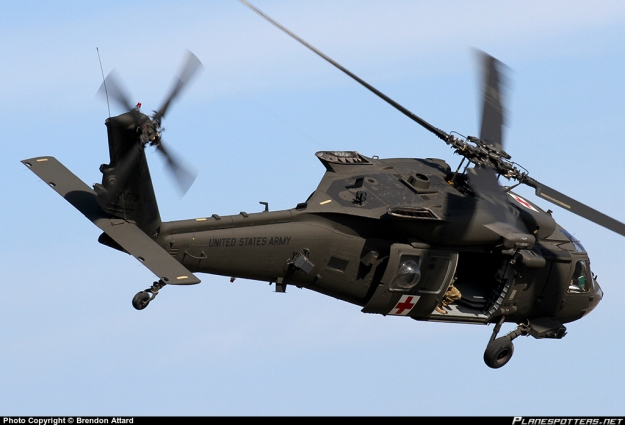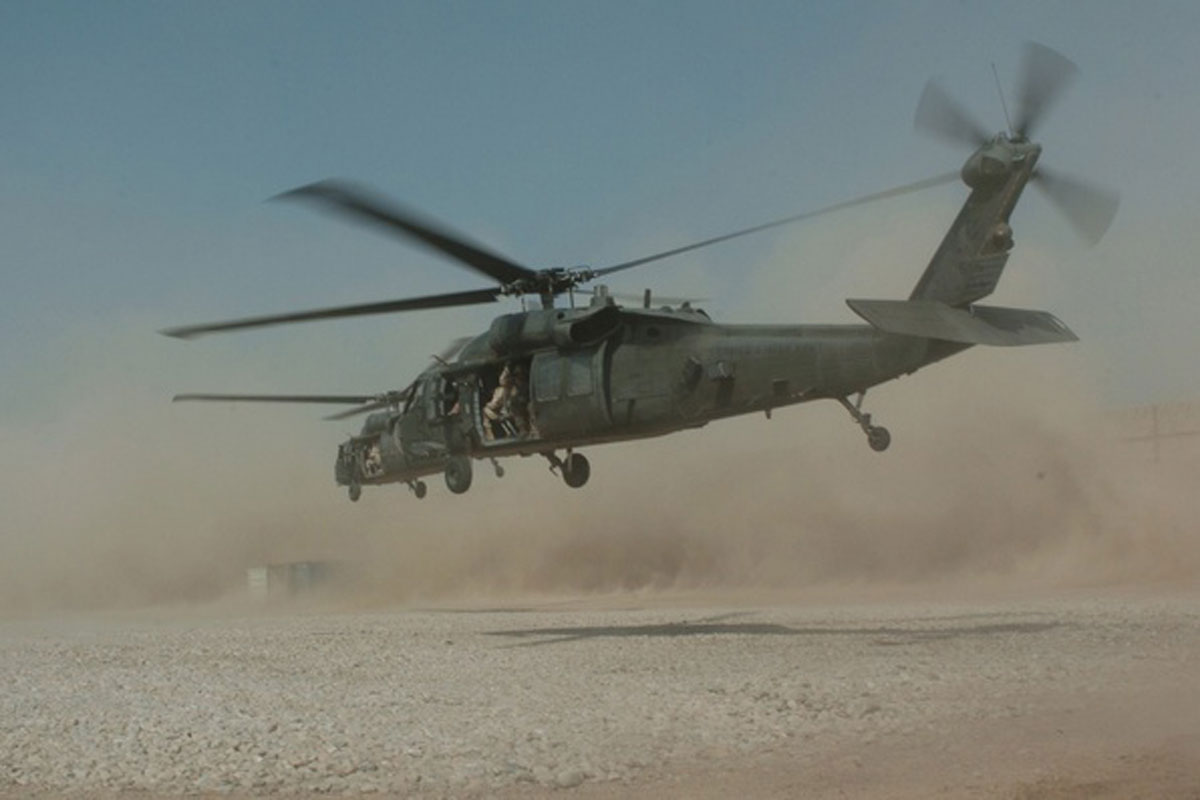Safety And Security First: Critical Action In UH 60 Helicopter Upkeep
Safety And Security First: Critical Action In UH 60 Helicopter Upkeep
Blog Article
Navigating Uh 60 Helicopter Regulations and Conformity Requirements

Regulatory Framework Overview
The regulatory structure controling UH-60 helicopter procedures includes a complex set of criteria and policies established by aeronautics authorities. These laws are created to make sure the safe and efficient operation of UH-60 helicopters in various settings. The Federal Air Travel Management (FAA) plays a central role in developing and implementing these policies, which cover a large range of operational facets, consisting of airworthiness requirements, pilot certifications, maintenance demands, and operational treatments.
Compliance with these laws is crucial for helicopter operators to keep the greatest degrees of safety and security and functional integrity. Failing to follow these guidelines can result in significant repercussions, consisting of mishaps, injuries, and governing assents. Helicopter drivers have to stay notified about the newest governing growths and guarantee that their procedures are in complete compliance with all appropriate regulations and standards.
Airworthiness Evaluations and regulations
Among the governing structure governing UH-60 helicopter operations, a vital focus pushes compliance with Airworthiness Directives and carrying out complete examinations to maintain safety and security criteria and functional integrity. Airworthiness Instructions (Advertisements) are provided by air travel authorities to deal with risky conditions in aircraft, including the UH-60 helicopter, and required certain actions to be taken by proprietors or drivers. Conformity with ADs is necessary, and failure to stick to these instructions can result in major consequences, consisting of grounding of the airplane.
Routine evaluations are paramount to ensuring the airworthiness of UH-60 helicopters. These examinations incorporate a variety of checks, from routine day-to-day evaluations conducted by pilots prior to and after flights to more thorough arranged maintenance inspections lugged out by accredited mechanics. In addition, special evaluations may be called for based on details problems or occurrences. By sticking to a strict examination program, drivers can find and attend to prospective issues immediately, thereby boosting the safety and integrity of UH-60 helicopter operations.
Pilot Credentials and Training

Pilot training for UH-60 helicopters is extensive and covers a large range of subjects, consisting of aircraft systems, emergency situation treatments, navigation, and mission-specific training. In addition, pilots go through simulator training to exercise our website various emergency situation circumstances in a controlled atmosphere. This training helps pilots create the needed abilities click here to find out more to handle difficult scenarios efficiently.


In addition, recurring training and specialist advancement are crucial for UH-60 pilots to stay present with the latest laws, technology, and best methods. By buying pilot certifications and training, operators can boost safety, enhance efficiency, and ensure compliance with regulatory demands in the operation of UH-60 helicopters.
Functional Limitations and Needs
Pilot qualifications and training function as the structure for comprehending the functional limitations and demands connected with UH-60 helicopter procedures (uh 60). These functional limitations are established to ensure the safety and security of the crew, guests, and the airplane itself. Functional limitations may consist of factors such as climate condition, weight restrictions, altitude constraints, and operational borders. It is crucial for pilots to be well-versed in these limitations to make enlightened choices throughout flight operations. Additionally, conformity needs, such as adhering to specific trip courses, communication procedures, and emergency treatments, are essential for maintaining functional safety and regulatory compliance. Pilots must stay present with all operational restrictions and demands with regular training, rundowns, and examines to alleviate risks and guarantee reliable and secure UH-60 helicopter procedures. By prioritizing adherence to these functional standards, pilots can improve the total safety and efficiency of their goals while maintaining regulatory requirements.
Emergency Procedures and Conformity Testing
Reliable emergency treatments and thorough conformity screening are critical elements of keeping operational security and regulative adherence in UH-60 helicopter operations. Routine conformity screening guarantees that the helicopter satisfies all regulatory needs established forth by aviation authorities.
Compliance testing also reaches equipment onboard the UH-60, such as communication systems, navigation tools, and safety and security gear. Guaranteeing that all tools is working properly and meets governing standards is crucial for safe operations. Additionally, compliance screening might include simulations of emergency situation scenarios to assess the crew's response and the helicopter's efficiency under stress. By focusing on emergency situation procedures and conformity testing, UH-60 operators can minimize risks and show their commitment to security and governing compliance.
Conclusion
Finally, adherence to regulatory framework, compliance with airworthiness directives, pilot qualifications and training, functional limitations, and emergency treatments are necessary for navigating the laws and demands of operating a UH-60 helicopter. uh 60. It is essential for drivers to focus on security and make sure complete conformity with all applicable policies to preserve the airworthiness and functional honesty of the aircraft
Browsing the regulative landscape surrounding UH-60 helicopter procedures demands a nuanced understanding of the elaborate internet of policies and compliance requirements.Conformity with these guidelines is crucial for helicopter drivers to keep the highest possible levels index of security and functional honesty.Amidst the regulative framework regulating UH-60 helicopter operations, an important emphasis lies on compliance with Airworthiness Directives and carrying out thorough assessments to promote safety requirements and functional reliability.Effective emergency treatments and complete conformity testing are crucial components of keeping functional safety and security and governing adherence in UH-60 helicopter procedures. Regular conformity screening makes sure that the helicopter meets all regulatory needs established forth by aeronautics authorities.
Report this page